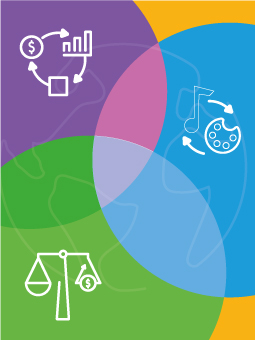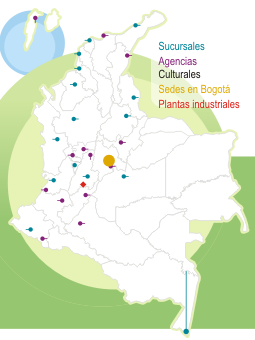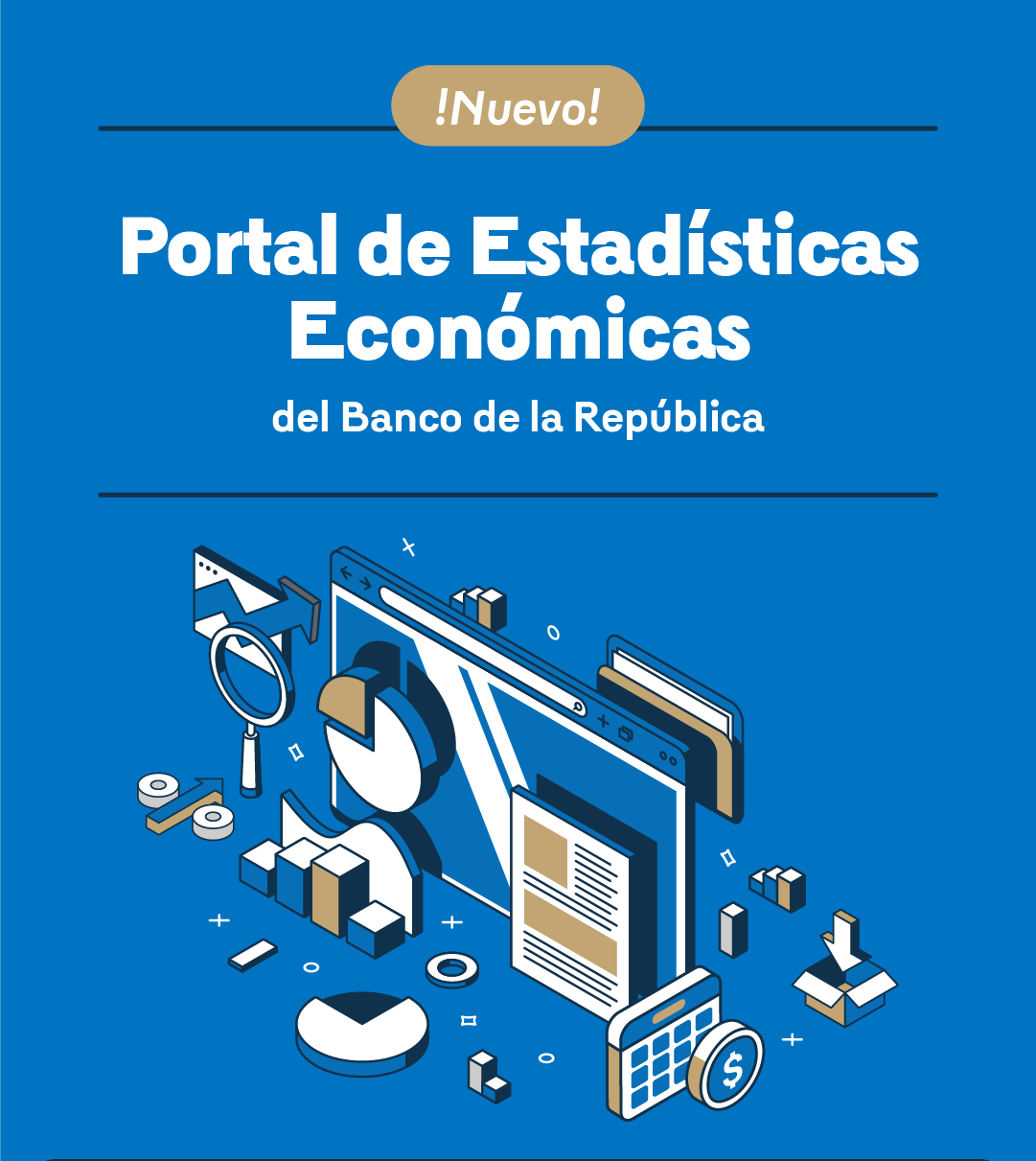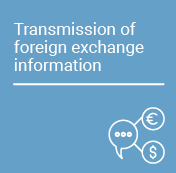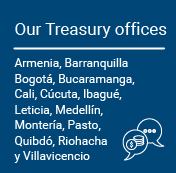Servicios
|
We study the earnings gap against indigenous and afro-descendants, separately, and use the non-parametric decomposition approach proposed by Ñopo (2008) to understand the role of observable characteristics and historical legacies in explaining it. The earnings gap against indigenous workers is…
|
|
Using data from the 2010 Colombia Demographic and Health Survey and of the National Survey of the Nutritional Situation in Colombia (ENDS-ENSIN), we analyzed the evolution of the height for the Colombian birth cohorts in the period 1946-1992 by ethnic groups defined through self-classification. We…
|
|
Macroprudential tools have been used around the world as a mechanism to control potential risks and imbalances in the financial sector. Colombia is a good example of a country that has employed different regulatory measures to manage systemic risks in the economy. The purpose of this paper is to…
|
|
In this paper we find empirical evidence of bank lending channel for Colombia and Argentina. As for Argentina, we do not find evidence that changes in the interbank interest rate affect the growth rate of total loans directly. However, it does indirectly through interactions: the interbank…
|
|
Abstract
The burden of Non-Communicable Diseases (NCDs) is expected to increase due to the aging of the population and risk factors from unhealthy lifestyle habits. This paper aims to analyze how the evolution of NCDs (e.g., Cancer, Diabetes, Cardiovascular Disease, Chronic Respiratory Disease,…
|
|
Abstract
Social protection programs have become an important and effective tool to mitigate poverty and vulnerability. This document reviews the main cash transfer programs in Colombia. We study their history, targeting, coverage, operation, and fiscal commitments derived from their…
|
|
|
|
Abstract
In this paper, we examine the financial and real effects of macroprudential policies with a new identifying strategy that exploits borrower-specific provisioning levels for each bank. Locally, we compare similar firms just below and above regulatory thresholds established in Colombia…
|
|
Abstract
We examine the extent in which the ratios of book-to-market and earnings-to-price predict excess asset returns in an emerging market economy like Colombia. We want to find the magnitude in which these ratios help to forecast excess returns and if there is any evidence that…
|
|
Capital exchange marketBalance Other net income & expenditure Accruals, valuations & provisions Gross international reserves variation
|
|
Colombian monthly data covering the period from 1995:01 to 2002:11 and ECM, fixed and time-varying parameters and Kalman filter techniques are used in this paper to quantify the exchange rate pass-through effects on import prices within a sample of manufactured imports. Also, whether the foreign…
|
|
Abstract
The incomplete pass-through of exchange rates to prices is a well-documented phenomenon. Firms respond optimally to exchange rate shocks by adjusting margins and buying inputs from regions with more advantageous terms of trade. Consumers, in turn, substitute goods that become more…
|
|
This study uses two different econometric frameworks to study exchange rate pass-through to import, producer and consumer prices in Colombia. Both frameworks are based on vector autoregressive (VAR) models, the first using an unrestricted VAR model, and the second using the Johansen framework of…
|
|
The paper develops a New Keynesian Small Open Economy Model characterized by external habit formation and Calvo price setting with dynamic inflation updating. The model is used to analyze the effect of nominal ex-change rate targeting on optimal policy and impulse responses. It is found that even…
|
|
A regular vine copula approach is implemented for testing for contagion among the exchange rates of the six largest Latin American countries. Using daily data from June 2005 through April 2012, we find evidence of contagion among the Brazilian, Chilean, Colombian and Mexican exchange rates. However…
|
|
The study of the asymmetric behavior of macroeconomic variables over the business cycles phases has had a long tradition in economics. In this work we find evidence in favor of the hypothesis of having a STAR-type nonlinear asymmetric behavior of the economic activity, over the last two decades, in…
|
|
There is a broad consensus in the scientific community regarding the risks associated with climate change on the economic activity of most countries in the world. Such risks may be physical or transitional. Physical risks are related to the gradual increase in temperatures around the globe and the…
|
|
Abstract
This document reviews the potential macroeconomic effects of issuing a central bank digital currency (CBDC) for the use of individuals and businesses. A careful selection of the architecture, and the economic and technological design aspects of this digital form of central bank money that…
|
|
This paper identifies the main bank specific determinants of time to failure during the financial crisis in Colombia using duration analysis. Using partial likelihood estimation, it shows that the process of failure of financial institutions during that period was not a merely random process;…
|
|
The international financial crisis of 2007-2009 strongly affected asset prices, risk and growth in the advanced economies, leading to large capital movements between these economies and the emerging countries. The capital movements were reflected in sharp fluctuations in the emerging countries’…
|
|
Abstract
This paper studies the impact of extreme weather events on the local tax revenue across Colombian municipalities. We follow a two-step approach to evaluate to what extent a municipality’s tax revenue depends on natural disasters taking place both locally and in its trade…
|
|
Since correlation may be interpreted as a measure of the influence across time-series, it may be conveniently mapped into a distance and into a weighted adjacency matrix. Based on such matrix, network theory has attempted to filter out the noise in correlation matrices by extracting the dominant…
|
|
Abstract
Given the importance of climate change and the increase of its severity under extreme weather events, we analyze the main drivers of high food prices in Colombia between 1985 and 2020 focusing on extreme weather shocks like a strong El Niño.We estimate a non-stationary extreme value…
|






